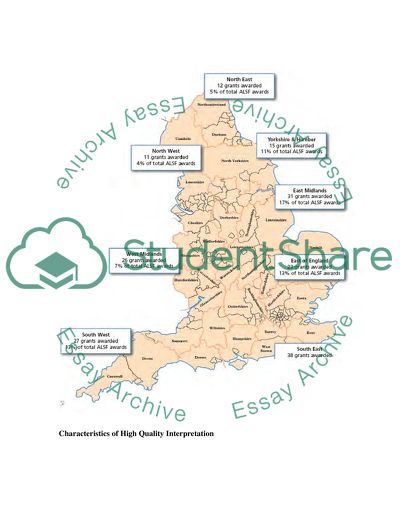Cite this document
(“The Quality of Interpretive Provision Essay Example | Topics and Well Written Essays - 4250 words”, n.d.)
Retrieved from https://studentshare.org/history/1395970-the-quality-of-interpretive-provision
Retrieved from https://studentshare.org/history/1395970-the-quality-of-interpretive-provision
(The Quality of Interpretive Provision Essay Example | Topics and Well Written Essays - 4250 Words)
https://studentshare.org/history/1395970-the-quality-of-interpretive-provision.
https://studentshare.org/history/1395970-the-quality-of-interpretive-provision.
“The Quality of Interpretive Provision Essay Example | Topics and Well Written Essays - 4250 Words”, n.d. https://studentshare.org/history/1395970-the-quality-of-interpretive-provision.


